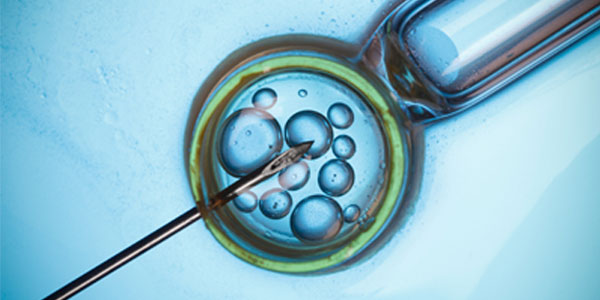Getting pregnant seems like it should happen naturally and effortlessly, and yet for many couples that’s not the case. If you’ve exhausted other less-invasive methods, such as fertility hormone treatments, your doctor may recommend trying one or more advanced fertility treatments including Artificial Insemination and Assisted Reproductive Technologies.
Artificial insemination describes procedures that enhance egg production and then place sperm directly in the woman’s reproductive tract to promote fertilization. Advanced Reproductive Technologies include fertility procedures in which eggs are removed from your ovaries, processed in a laboratory, and placed in your uterus, sometimes already fertilized.
There are many different options to improve your chances of pregnancy. Here are some of the most commonly offered procedures.










